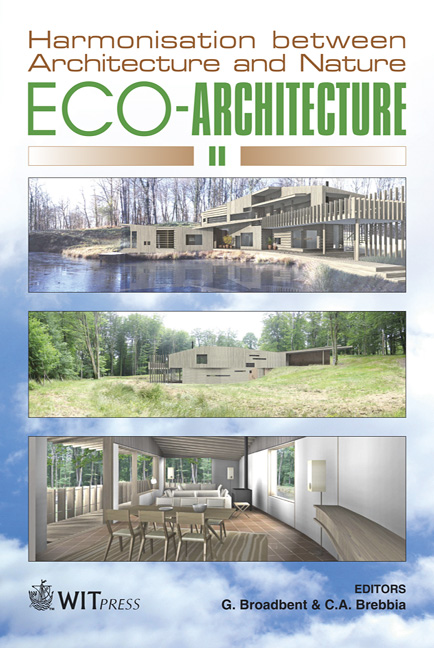Timber: A Changing Material And Its Effect On The Architectural Form
Price
Free (open access)
Transaction
Volume
113
Pages
8
Page Range
201 - 208
Published
2008
Size
1,359 kb
Paper DOI
10.2495/ARC080201
Copyright
WIT Press
Author(s)
S. Costa Santos
Abstract
Architects rediscovered timber as a material in the mid 1980s. This renewed interest in timber and its marketing as ecological raw material is related to the increased concern for our planet’s ecological balance. Timber, as opposed to steel, glass or reinforced concrete, needs a transformation process with much lower energy consumption. This means that the resource deficit in timber could ultimately translate into an energy deficit. While the availability of good timber for building columns and beams may shrink, the pressure to develop new materials using timber by-products will increase. Supported by the study of architectural examples that show how the more consistent physical properties of the material offer new applications in timber architecture, this work analyses how choosing timber as an ecological material influences the architectural form. Finally, it concludes that the more effective timber-production technology (that minimises the use of energy in manufacturing and assembly) can form the basis for a new form in timber architecture no longer based on the linear member but the panel and can develop new directions in architecture. Keywords: timber architecture, timber technology, timber panel, timber manufacturing methods. 1 Introduction Architects such as Peter Zumthor, Herzog & de Meuron, and Burkhalter & Sumi and also the Voralberg school in Austria (especially Baumschlager & Eberle) rediscovered timber as a material for self-expression in the mid-80s. The renewed interest in timber and its marketing as ecological raw material for the furniture and building industries is a clearly European phenomenon, not only related to the increased concern for our planet’s ecological balance. According to
Keywords
timber architecture, timber technology, timber panel, timber manufacturing methods.





